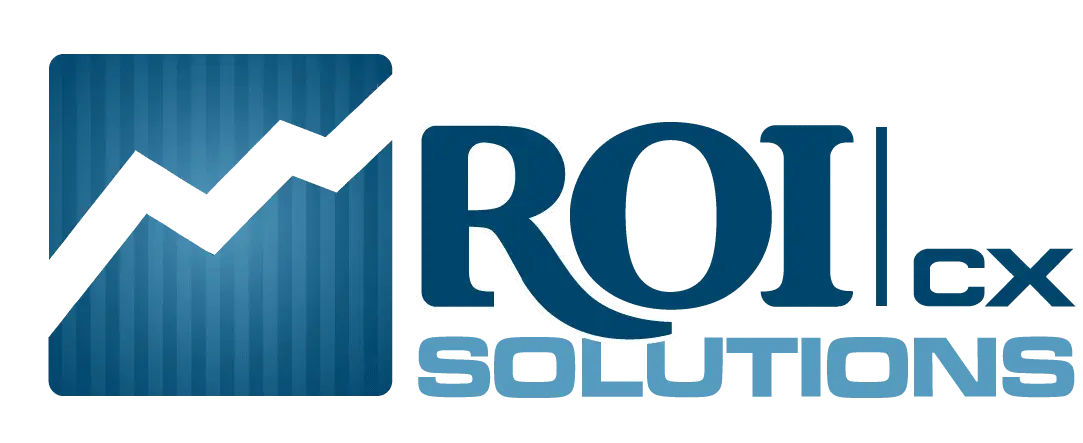Help Desk Support VS Tech Support: What’s the Difference?
Let’s discuss the differences between the help desk and tech support.
What is the Help Desk?
Help desks are designed to be able to resolve basic questions and concerns. For example, relatively simple IT problems such as password resets, application support, software updates or server backups can all be resolved via a help desk. In addition, many help desk support problems are able to be resolved via a remote desktop or over the phone.
What is Tech Support?
Problems that cannot be handled by the help desk are typically passed up the chain of command to the tech support call center. While working the help desk requires little to no knowledge of technology, tech support requires extensive knowledge. Truly the backbone of the office support team, tech support tends to have more variety in their job, handling different issues every day, depending on the needs demonstrated within the office.
Within an organization, these differences may tend to cross over in many ways. However, it’s important to understand what each provides and to use the proper term for your services.
Why It’s Important to Have Both
Having both a help desk and tech support available in your business is a simple way to keep things running efficiently. If tech support was responsible for answering every call for help and dealing with basic questions in addition to their more specialized work, they wouldn’t have the time needed to manage their tech support duties. Where tech support is able to be more of a pro-active solution for many problems, updating software, and preventing problems from occurring, the help desk is often more reactive, offering solutions to problems that have already occurred.
What Is the Difference Between Service Desk vs Help Desk?
While both terms are often used interchangeably, there are some notable differences.
The service desk’s origins were based on the underlying concept of “managing IT as a service.” A service desk typically manages incidents and service requests, directly with the users. A service desk is strategic.
A help desk has always been more focused on fixing what is broken. Originally, a help desk was more for the IT community, rather than the end-user. A help desk is tactical.
Within an organization, these differences may tend to cross over in many ways. However, it’s important to understand what each provides and to use the proper term for your services.
How Do I Run a Successful Help Desk?
Running a successful help desk doesn’t necessarily entail a big budget or complicated processes. What it boils down to is delivering on your clients’ needs and offering stellar service along the way.
Here are a few tips:
- Put the end-user’s needs first. Ensure technology is configured with them in mind and take a proactive approach to service delivery. Pre-empt their needs, communicate freely, and listen! Continually learn and improve.
- Provide simple, useful tools. However, tread carefully when offering self-service. Recurring problems are great for utilizing self-service tools, but escalated and complicated problems need a professional touch.
- Deploy scalable, fit-for-purpose technology. As your help desk grows, it may be time to evolve your software for a wide range of capabilities, including remote or global use. This helps to get the job done while still hitting performance targets.
What Is the Best Help Desk Software?
If you already have your own in-house help desk, updated software may be a great solution to providing the best possible support to your customers.
While sifting through the options may seem daunting, you can quickly filter out the useless and find the best when you base your search on the following seven criteria:
- The type of support your customers expect and the experience you want to give your customers (multiple channels, self-support, etc.)
- The needs of your support team (maximize productivity)
- Essential and non-essential features (focus first on core requirements)
- Scalability (limit future investment needs)
- Reporting options (consider which metrics you use and why)
- Test and trial (do this from both the support side as well as the customer side)
- Reliability and support (during integration as well as down the road)
Additional Frequently Asked Questions
What Is the Difference Between a Help Desk and Technical Support?
The terms “help desk” and “technical support” are often used interchangeably when it comes to customer service. So what’s the difference? Or are they the same?
Most commonly, a help desk is a contact point for customers who have questions or need help with general tasks, such as late shipping or placing an order.
In contrast, technical support is for customers who require specific help with technical problems, which are usually more time-consuming and complicated than general help desk inquiries. These issues might include faulty products or website navigation questions.
While many companies have a help desk, technical support teams are usually reserved for tech or SaaS companies.
What Is the Difference Between Desktop Support and Help Desk Support?
Desktop support is one type of technical support, while help desk support is closely related to general customer service. These two types of support differ in their goals, approaches to listening to customers, and perspectives.
A desktop support team is made up of specialized technicians who directly access a phone, computer, tablet, or other device in order to resolve issues. This type of support usually relies on virtual chat or a phone call to communicate with the customer while working through the problem.
Many offices provide desktop support internally, especially when they need to monitor or manage networks. Most employees use the same hardware and software within the office, making desktop support much easier to provide.
On the other hand, help desk support usually encompasses customer support solutions for a wide range of questions. For example, customer service questions about store hours, order fulfillment, returns and refunds and so on can all be serviced by a help desk as well.
What Certifications Do You Need for an IT Help Desk?
Though some help desks serve a more general customer service function, an IT help desk is more similar to a technical support desk, working to keep systems and software running properly for customers or organizations. These technicians spend their day diagnosing computer problems, troubleshooting software, restoring or backing up data, and more.
So what certifications do you need for an IT help desk job? The exact certifications may differ depending on the specific job description, but here are some of the most common certifications to consider if you’re interested in working at an IT help desk:
- CompTIA A+
- CompTIA Network+
- Microsoft MCSA: Windows
- Microsoft MCSE: Desktop Infrastructure
- Cisco Certified Network Associate (CCNA)
What Is 1st, 2nd, and 3rd Line Support?
Technical support service is divided into three tiers, or “lines,” known as 1st, 2nd, and 3rd line support. Here’s what you should know about each line of support:
- 1st Line Support: Help desks that are usually based on phone or internet communication.
- 2nd Line Support: Onsite support team members that carry job titles including IT Technician or Desktop Support Analyst.
- 3rd Line Support: Another tier of onsite support, usually reserved for those who carry job titles like Network Specialist or Server Engineer.
Are BPO and Tech Support the Same?
BPO and tech support have some overlapping qualities, but they are not the same. BPO stands for “business process outsourcing,” a term for when a company hires a third party to handle some aspect of the business.
Technical support is a type of customer or internal support to help customers or employees resolve issues with their software, hardware, or technical devices.
Contact Us Today!
The actual scope of each position may vary from one workplace to another, but the general idea behind each remains the same. In short, help desks offer support for basic problems and concerns, while tech support requires in-depth training and expertise for more complicated solutions. Now that you understand the difference between the two, it’s time to implement your own help desk and tech support.
Contact ROI Solutions today and we can help you identify ways to improve your help desk and tech support team.




